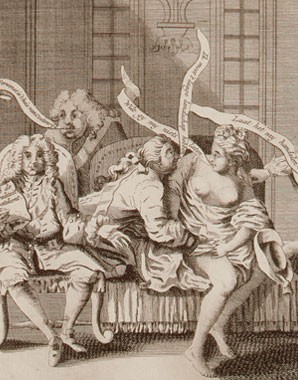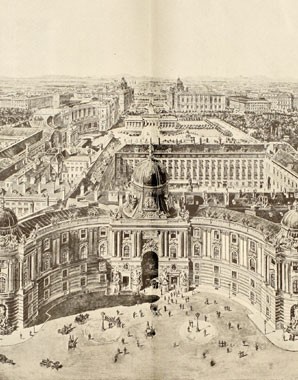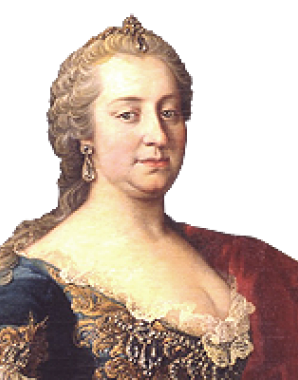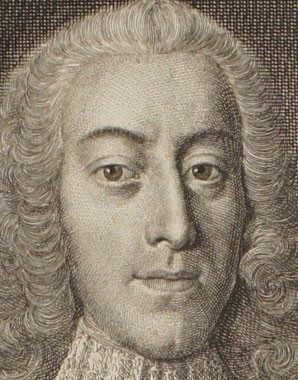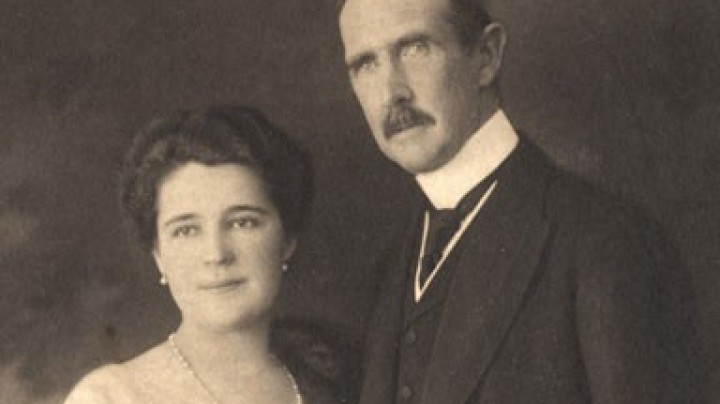Impaling Turks’ heads at Court
A martial custom symbolising triumph over the enemy: impaling models of Turks’ heads with sword and lance.
From the *Einleitung zur Ceremoniel-Wissenschafft der großen Herren*, *IV. Capitul: Roßballette, Carouselle, Ringrennen* by Julius Bernhard Rohr, 1729, which gives an account of aristocratic ‘divertissements’ such as celebrations for coronations, weddings or funerals, processions through the imperial capital, tournaments, carousels and equestrian ballets, carnivals and masquerades, sleigh drives, operas, ballets and firework displays.§1. The name 'Carouselle' derives from the Curribus solis, Carro del sole, the sun-chariot of the Ancient Romans […]
§2. The 'runners' have to race after rings or impaled heads with their lances, to throw their javelins at them, to shoot at them with pistols or to pick up a head lying on the ground with the sword […]
§3. At carousels one usually aims at displayed Turks’ heads. […]
§7. The leaders of the quadrilles are customarily princes or the most high-ranking officers from the army or civil service. They 'distinguish' themselves by their accoutrements of lances, dress, horses and accompanying pages and lackeys.
Court Marshal Prince Khevenhüller-Metsch comments in his diary on the Ladies' Carousel held on 2 January 1743.Everyone was amazed that everything proceeded in such an orderly fashion and without any untoward occurrences, as the women and ladies of the Court, taking part on horseback and driving birocci [a type of carriage], had had scant time to practise, and in particular the women on horseback had been supplied with very poor mounts which had not even been trained to promenade, let alone perform exercises such as these.
On 2 January 1743 Maria Theresa hosted a celebration in the Winter Riding School of the Hofburg to mark the retaking of Prague. This included a ‘Ladies’ Carousel’: the empress led the first mounted quadrille. The carriages were driven by cavaliers, and the ladies had to lunge with a sword at models of Turks’ heads made of papier mâché impaled on poles. The captured head of an enemy had always played an important role in the wars between the Ottoman and Habsburg empires. This sport was a popular courtly diversion in Vienna, especially during the seventeenth century, and it survived as an amusement among the common people in the Habsburg Monarchy until the nineteenth century.
Carousels had been held during the Middle Ages as part of jousting tournaments. Very popular during the Baroque era, they were incorporated into the equestrian ballets that were held at weddings. In the eighteenth century carousels and elaborate dressage performances underwent a renaissance. However, a Ladies’ Carousel was an exceptional event, as Prince Khevenhüller-Metsch emphasized in his journal.
After the event Maria Theresa drove around Michaelerplatz together with a number of other participating ladies in the carousel carriages, so that the Viennese populace could admire the festive company.
As part of the programme of festivities accompanying the Congress of Vienna an elaborate carousel was held in the Winter Riding School. The participants had to perform feats of equestrian skill and the event was rounded off with a mock battle.



